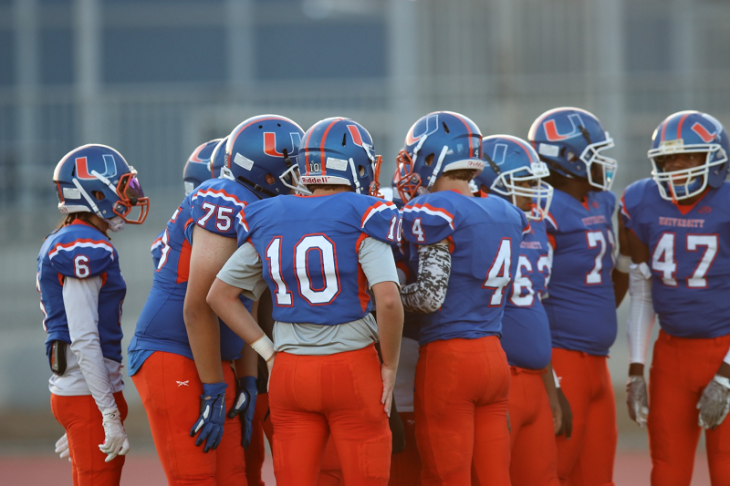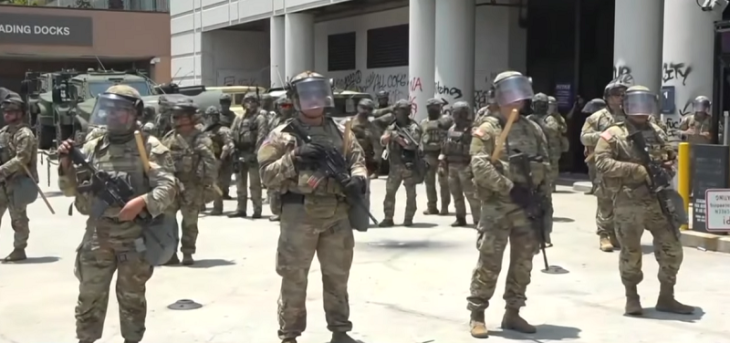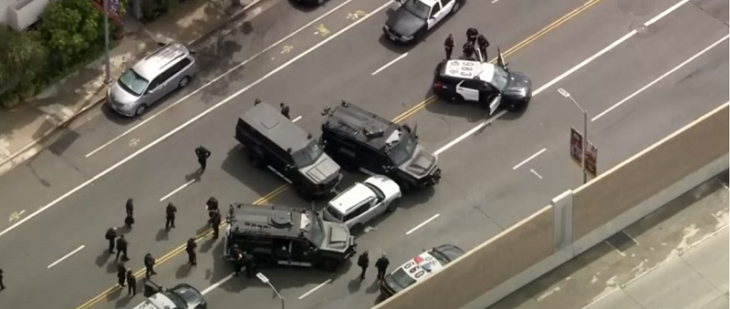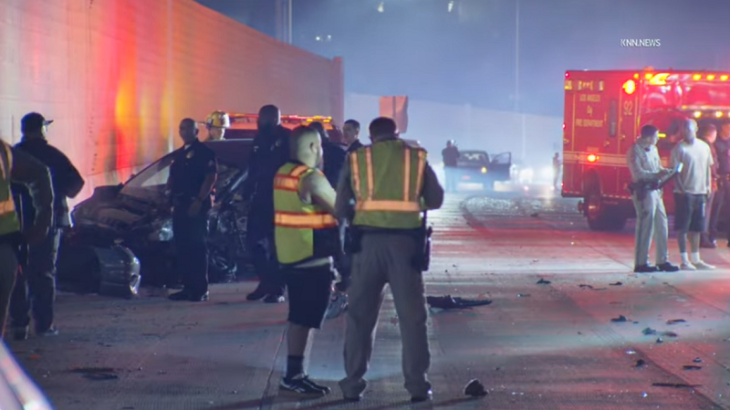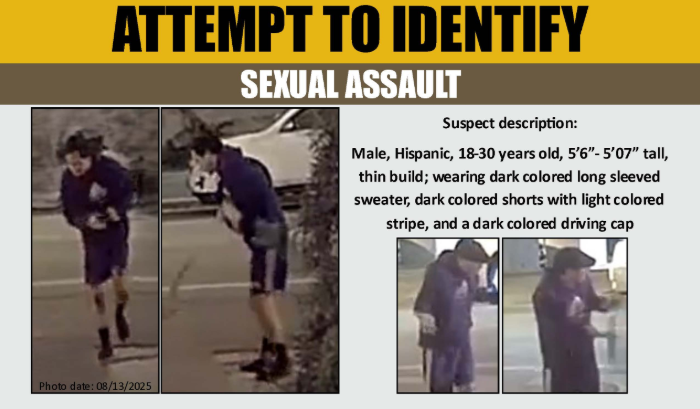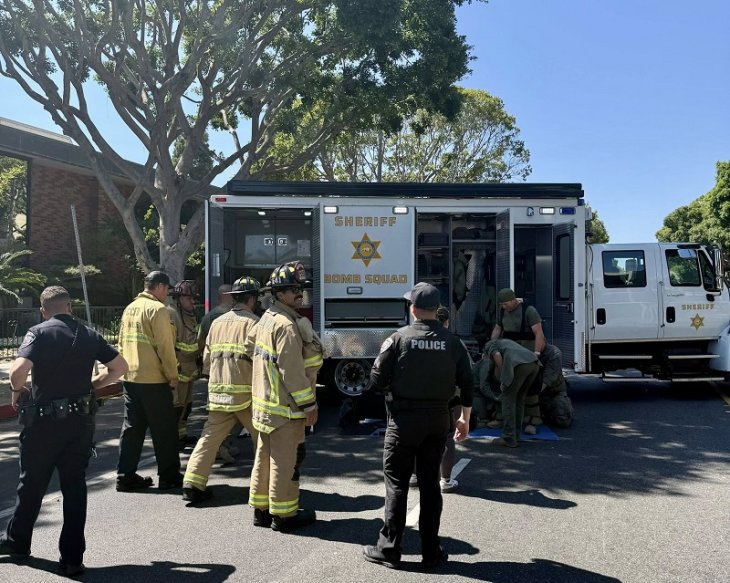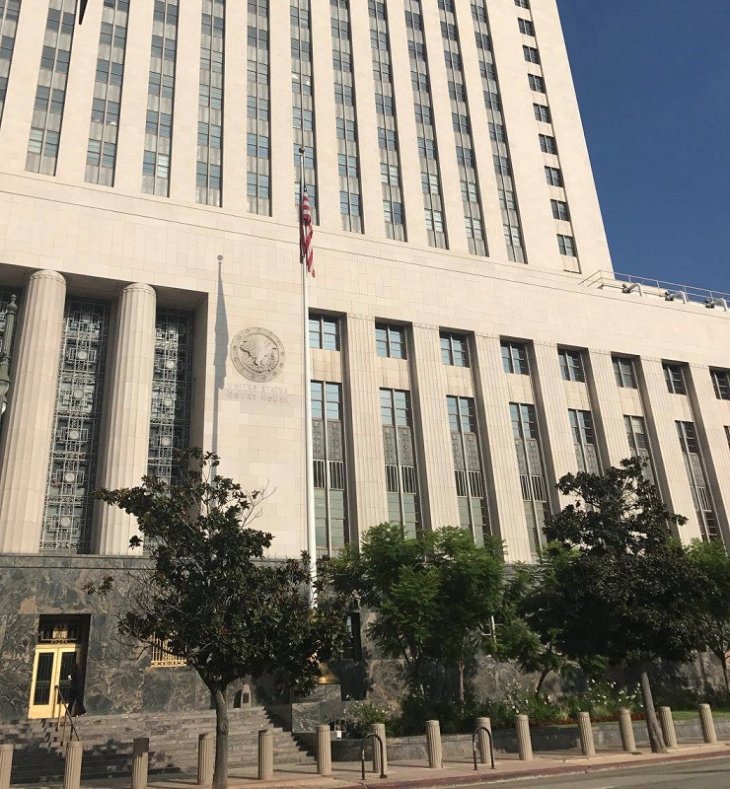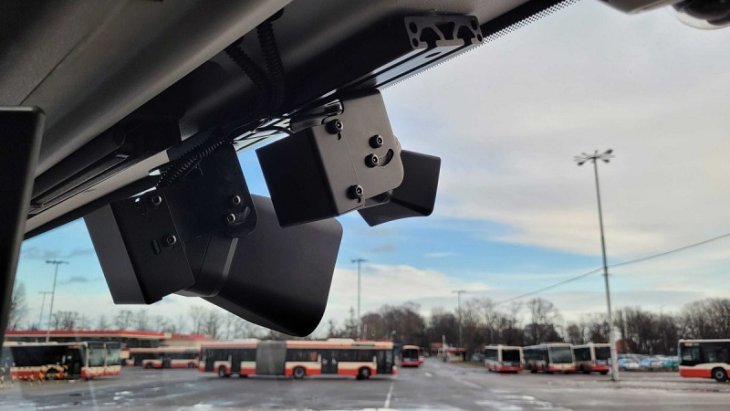
A lawsuit filed by Beverly Hills City Hall and the City’s school district challenging the validity of Metro’s Purple Line environmental studies suffered a judicious blow on April 2, as a judge ruled in favor of the transit agency moving forward with the Westside Subway Extension project as currently planned.
Both the City of Beverly Hills and the Beverly Hills Unified School District (BHUSD) sued the Metro and claimed the agency’s environmental studies of the Purple Line’s planned station at Avenue of the Stars and Constellation in Century City were defective.
However, Superior Court judge John A. Torribio found the environmental studies were valid and Metro’s approval of the Purple Line Extension – also referred to as the Westside Subway Extension – through Beverly Hills and into Century City “was based on substantial evidence.”
BHUSD joined the City of Beverly Hills in the lawsuit because a portion of the Purple Line subway would travel underneath Beverly Hills High School (BHHS) just shy of the Century City station at Avenue of the Stars and Constellation Avenue.
City Hall and the school district argued Metro violated the California Environmental Quality Act (CEQA) by prematurely releasing the Draft Environmental Impact Report (EIR) and failed to consider all viable alternatives before deciding upon tunneling underneath BHHS.
In his ruling, Torribio stated the project description in the Draft EIR was “accurate, stable, and finite.” Even more, Torribio ruled there were no CEQA violations by Metro or within any released versions of the EIR.
Both City Hall and the BHUSD hoped the court would rule in its favor and ultimately have the Century City station removed from Avenue of the Stars and Constellation Avenue and relocated to a location on Santa Monica Boulevard. By moving the station slightly to the north, the alignment of Purple Line’s route through Beverly Hills and under BHHS would presumably be altered.
Torribio stated moving the station away from Avenue of the Stars and Constellation Avenue would not only take away from the Purple Line’s practicality but also place it in danger of being even closer to a fault line than it is already.
“The [Draft EIR] properly discloses that the Project area lies within a seismically active region, and that the feasibility of the Santa Monica station is compromised by the Santa Monica Fault Zone,” Torribio stated in his ruling.
“The Constellation Station is located in the middle of high rise office buildings that house thousands of potential subway riders. SM Station would require these same riders to walk a considerable distance to access the subway. Therefore, substantial evidence supports Metro’s decision to approve Constellation Station as a more viable alternative than [Santa Monica Boulevard] Station,” he continued.

Beverly Hills City Hall and BHHUSD also claimed the Constellation Station was located on an active fault, a contention Torribio rejected as “clearly erroneous or inaccurate.”
“Metro undertook significant analysis of the subsurface structure of the [Constellation] Station site, including review of historical data, review of previous fault investigations performed in Century City, and new borings, cone penetration tests, and observation wells,” Torribio stated in his ruling.
The lawsuit also alleged Metro violated Beverly Hills’ due process and failed to have the Draft EIR re-circulated and revised in multiple rounds. Further, the lawsuit contended air quality would be adversely impacted during construction and the mitigation of construction traffic was not properly analyzed.
Two unique claims were also raised by City Hall and school district, including allegations the Final EIR “never addressed the danger posed by drilling” through subsurface gas and Metro failed to “identify unmapped oil wells within the Project area, but deferred this task until after Project approval.”
Torribio refuted both claims in his ruling, stating Metro “reasonably concluded that tunneling can safely be constructed and operated in gassy ground” and the Purple Line’s design would avoid the unmapped oil wells.
“Metro is pleased that our in-depth, multi-year environmental review process was found valid by the Superior Court,” read a statement issued by Metro. “We look forward to working with all the communities along the alignment, including Beverly Hills, to fulfill our commitment to deliver this regionally significant and beneficial project for the taxpayers of L.A. County.”
According to Metro, the Purple Line Extension would add 8.5 miles of subway rail to the already existing east-west route that currently runs from Union Station to Wilshire Boulevard and Western Avenue in Koreatown.
A three-phase project, the first leg of the subway extension project would bring the Purple Line from its current Koreatown terminus to Wilshire and La Cienega boulevards. The second phase would extend the Purple Line into Century City before the final construction would complete the route through to the Veterans Administration building in Westwood.

Construction is expected to begin later this year and, according to Metro, the first phase of the subway is planned to open in 2023.
BHUSD and the City of Beverly Hills still have federal lawsuits pending, according to Metro. Specifically, both the City and school district filed suit against the Federal Transit Administration (FTA) and reportedly alleged National Environmental Act Policy violations. Metro stated the FTA provided some funding and approved the environmental studies for the Purple Line Extension.
In a separate matter, the Beverly Hills City Council approved at its April 1 meeting a pair of permits allowing Metro to conduct groundwater and gas sampling activities as well as relocating underground utilities as part of the Westside Subway Extension.







